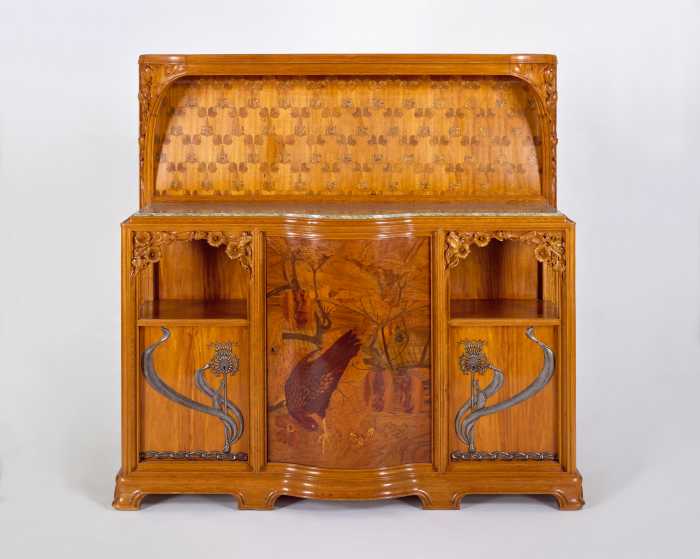Asthma is a disease that affects your lungs. It is the most common long−term disease of children, but adults have asthma, too. Asthma causes repeated episodes of wheezing, breathlessness, chest tightness, and nighttime or early morning coughing. If you have asthma, you have it all the time, but you will have asthma attacks only when something bothers your lungs.
In most cases, we don’t know what causes asthma, and we don’t know how to cure it. We know that if someone in your family has asthma, you are also more likely to have it.
You can control your asthma by knowing the warning signs of an attack, staying away from things that trigger an attack, and following the advice of your doctor or other medical professional. When you control your asthma:
• you won’t have symptoms such as wheezing or coughing
• you’ll sleep better
• you won’t miss work or school
• you can take part in all physical activities, and
• you won’t have to go to the hospital.
What Is an Asthma Attack?
An asthma attack happens in your body’s airways, which are the paths that carry air to your lungs. As the air moves through your lungs, the airways become smaller, like the branches of a tree are smaller than the tree trunk. During an asthma attack, the sides of the airways in your lungs swell and the airways shrink. Less air gets in and out of your lungs, and mucus that your body produces clogs up the airways even more. The attack may include coughing, chest tightness, wheezing, and trouble breathing. Some people call an asthma attack an episode.
What Causes An Asthma Attack?
Your personal triggers can be very different from those of another person with asthma. Nonetheless, in every case, it’s important to avoid your triggers to keep airway inflammation to a minimum and reduce the symptoms. Some of the most important triggers are listed below:
Environmental Tobacco Smoke (Secondhand Smoke): Environmental tobacco smoke is often called secondhand smoke because the smoke created by a smoker is breathed in by a second person nearby. Parents, friends, and relatives of children with asthma should try to stop smoking and should never smoke around a person with asthma. They should only smoke outdoors and not in the family home or car. They should not allow others to smoke in the home, and they should make sure their child’s school is smoke−free.
Dust Mites: Dust mites are in almost everybody’s homes, but they don’t cause everybody to have asthma attacks. If you have asthma, dust mites may be a trigger for an attack. To help prevent asthma attacks, use mattress covers and pillowcase covers to make a barrier between dust mites and yourself. Don’t use down−filled pillows, quilts, or comforters. Remove stuffed animals and clutter from your bedroom.
Outdoor Air Pollution: Pollution caused by industrial emissions and automobile exhaust can cause an asthma attack. Pay attention to air quality forecasts on radio, television, and Internet and plan your activities for when air pollution levels will be low if air pollution aggravates your asthma.
Cockroach Allergen: Cockroaches and their droppings may trigger an asthma attack. Get rid of cockroaches in your home and keep them from coming back by taking away their food and water. Cockroaches are usually found where food is eaten and crumbs are left behind. Remove as many water and food sources as you can because cockroaches need food and water to survive. At least every two to three days, vacuum or sweep areas that might attract cockroaches. You can also use roach traps or gels to decrease the number of cockroaches in your home.
Pets: Furry pets may trigger an asthma attack. When a furry pet is suspected of causing asthma attacks, the simplest solution is to find the pet another home. If pet owners are too attached to their pets or are unable to locate a safe, new home for the pet, they should keep the pet out of the bedroom of the person with asthma.
Pets should be bathed weekly and kept outside as much as possible. People with asthma are not allergic to their pet’s fur, so trimming your pet’s fur will not help your asthma. If you have a furry pet, vacuum often to clean up anything that could cause an asthma attack. If your floors have a hard surface, such as wood or tile, and are not carpeted, damp mop them every week.
Mold: Inhaling or breathing in mold can cause an asthma attack. Get rid of mold in all parts of your home to help control your asthma attacks. Keep the humidity level in your home between 35% and 50%. In hot, humid climates, you may need to use an air conditioner or a dehumidifier, or both. Fix water leaks, which allow mold to grow behind walls and under floors.





















